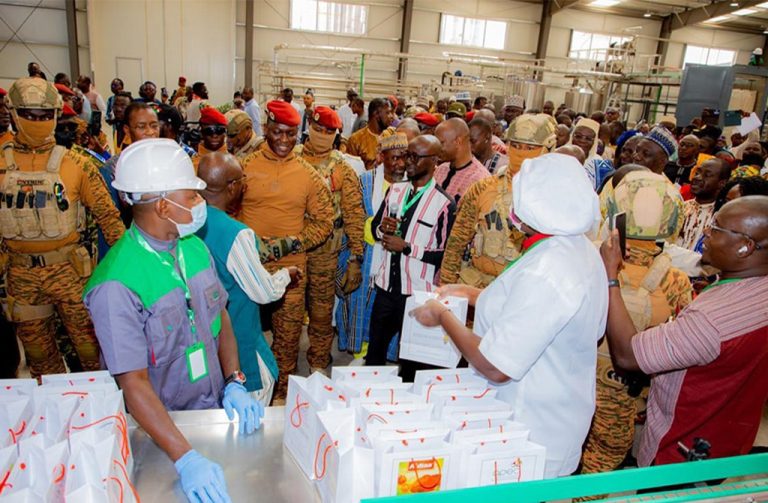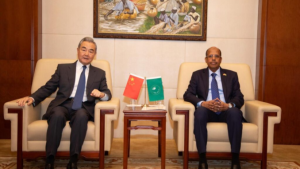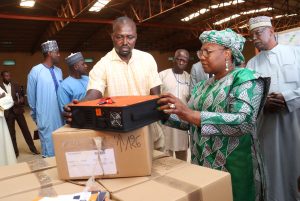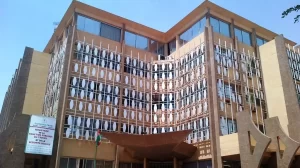Burkina Faso’s agricultural Revolution: A path to self-sufficiency under President Traoré

Since President Ibrahim Traoré took office, Burkina Faso has embarked on an ambitious economic transformation, placing agriculture and local resource development at the heart of its strategy. Confronting security and economic challenges, the country is prioritizing food self-sufficiency and agro-industrialization to build a more independent and competitive economy.
Once viewed as mere subsistence farming, Burkina Faso’s agricultural sector is undergoing a remarkable revival.
The government has introduced robust support measures for farmers, including subsidies for improved seeds and fertilizers, as well as access to modern equipment.
These initiatives aim to boost productivity and reduce reliance on food imports.
But Burkina Faso’s vision extends beyond just increasing yields; it is rapidly advancing toward agro-industrialization.
New processing facilities have been established, and existing ones upgraded, in key sectors such as tomatoes, maize, and cotton.
The cotton industry, for instance, now benefits from enhanced support to develop local textile manufacturing, creating jobs and adding value to raw materials.
Similarly, tomatoes, a perishable crop prone to post-harvest losses are increasingly being processed into concentrates and other high-value products. This shift not only minimizes waste but also strengthens local supply chains.
This agro-industrial push is part of a broader strategy to enhance Burkina Faso’s economic resilience. Amid security threats and climate pressures, the government sees self-reliance as critical to stabilizing the economy and generating sustainable employment.
Under President Traoré’s leadership, Burkina Faso is charting a development path rooted in its agricultural potential. If this momentum continues, the country could emerge as a regional model for agro-processing in West Africa proving that local value addition is key to inclusive and sovereign growth.
Maurice K. ZONGO






